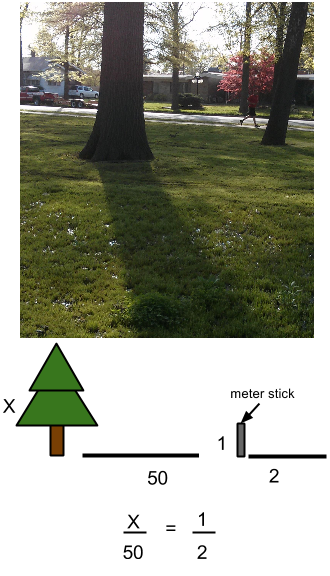If you’re on the last days before school is out for the summer, you are probably encountering a lot of excited kids who really aren’t interested in sticking their nose in a book. Why not take them outside onto the school grounds or a nearby park and do outdoor projects? Each year I do a trip to the park, it’s within walking distance of our school, but you could use just the grounds of the school if you had space where plants and trees grow. The project I give them is fairly informal and it varies yearly, depending on my mood and the level of the students I’m working with. Here are some ideas for your mini field trip.
1. Park Scavenger Hunt
Students use their phone to document nature, list 5-10 things they should be able to find. My list usually includes seeds, insects, flowers, leaves, and birds. For advanced classes, I might make it more difficult by specifying the kind of leaf or insect. You can have them use a photo sharing service to show you their photos. This year I used Google Plus, students uploaded their photos to a private class page.
2. Math and Science
Did you know you can determine the height of a tree by measuring its shadow? Ask students to use this ratio method to determine the heights of trees in the park. You will need to bring meter sticks and tape measures to accomplish this task.
3. Field Guides and Identifying Organisms
Equip students with field guides for insects, trees, or birds and ask them to locate at least three of each type and identify them. Students can either collect leaves or specimens, or you can have them photograph their specimens. Students can also use several apps that can help them identify specimens if field guides are not available. (Project Noah, Ibird Lite , What Tree is That)
The TreeMusketeers has some very good information on tree parts, leaf shapes, and illustrations of broadleaf trees and conifers.

4. Biology and Poetry
This idea came from another teacher who enjoyed spending an hour at the park and simply asking students to find a quiet place of contemplation and write a poem or an essay about nature. My students were never that good at this one, and most of the poetry was funny, rather than literary. There is perhaps a way you could tie this project to the Common Core standards on writing.
No matter what you decide to do at the park, students do appreciate getting out of class for a little while and giving them some freedom to just explore nature. You would be surprised how many of my students have lived next to that park, but have never walked it’s path or sat near the fountain to just enjoy the tulips. Even if you don’t have a major project in mind, this type of activity still has value, and can facilitate discussions about why cities maintain parks, and why green areas are important to our overall well-being.
The gallery below shows the Park we visit, it’s in the middle of a suburban environment, just two blocks from the high school.


